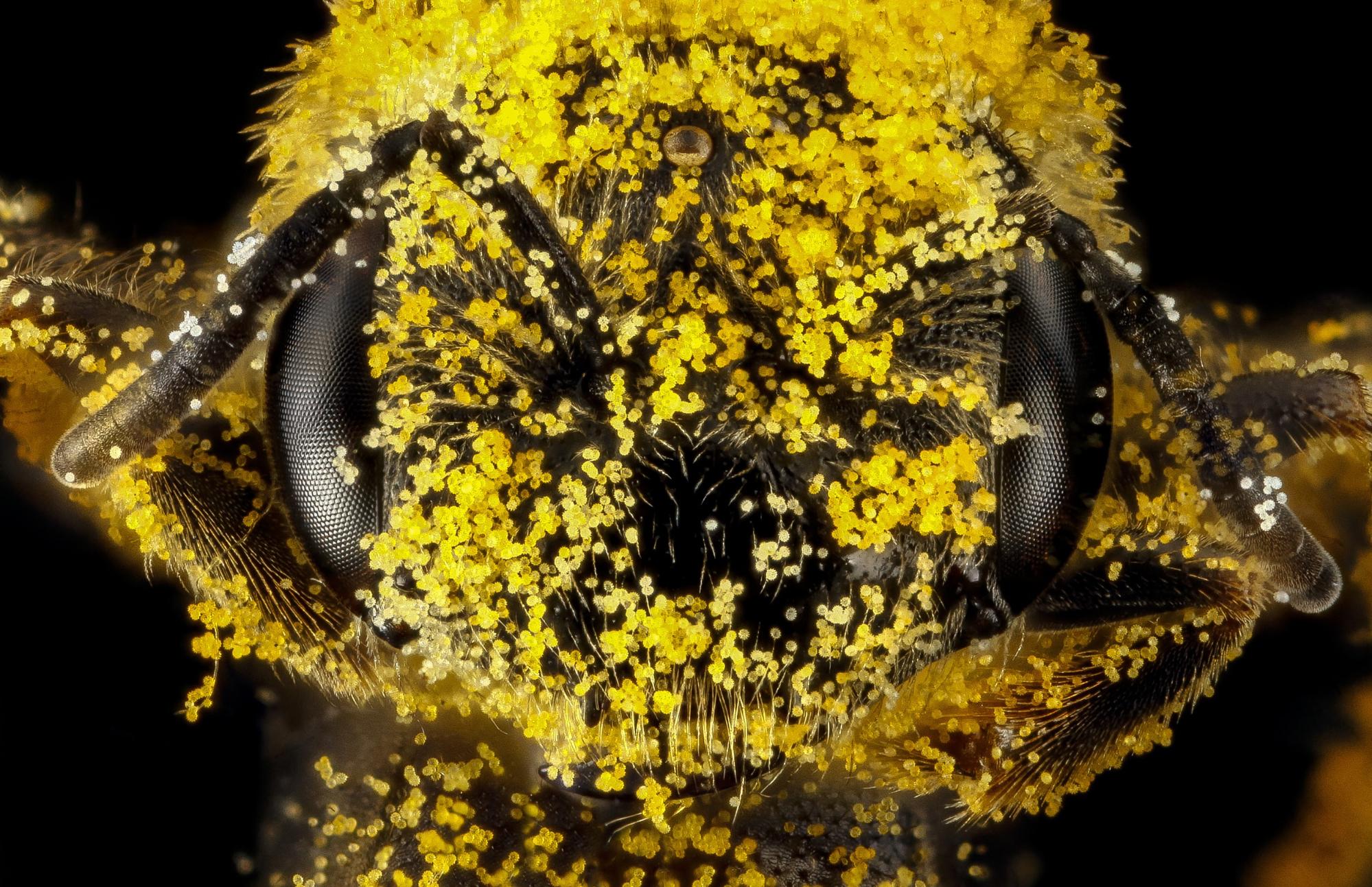
Ah, spring! The days are getting longer, temperatures are rising, and the world seems to be waking up from a dreary winter. One lovely morning, you walk into the sunshine and stop in your tracks. Every car, railing, and horizontal surface is coated in a thick layer of yellow dust: pollen. If this sight brings up memories of sneezing, tissues, and water eyes, you are not alone. According to the CDC, 7.7% of adults and 8.4% of children in the US experience pollen allergies, also known as “hay fever.†So what causes some people to experience this aggravating condition, and is there any hope for allergy sufferers?
Believe it or not, that thick coat of yellow pollen is not a leading cause of seasonal allergies. That large, fluffy pollen comes from pine trees, and most people are not allergic to pine pollen. Instead, most allergy sufferers are allergic to tiny pollen from plants like oak trees and grasses. Many of these plants flower close together, however, so people often associate the visible pollen with their allergy symptoms.
The root of seasonal allergies lies in the human body's immune system . The immune system is comprised of organs, vessel systems, specialized cells, and proteins. All these parts work together using two distinct strategies to defend the body from pathogens. The first strategy is a general line-of-defense against all invaders. This “non-specific immunity†strategy includes things like skin (to protect against bacteria) and stomach acid (to neutralize threats). If any harmful substances make it to the bloodstream, small Pac-man-like cells called phagocytes can ingest them.
The body's second defense strategy fights pathogens individually. When a foreign substance first invades, white blood cells called lymphocytes produce proteins to attack the threat. These proteins, called antibodies, eliminate the threat and then learn to target it for the future. Vaccines take advantage of this “specific immunity†strategy to teach the body to recognize and fight disease!
The immune system keeps the body healthy by fighting pathogens, but why does it sometimes react to harmless allergens? Allergies develop when the body's “specific immunity†makes a mistake. Sometimes, the immune system labels harmless substances (like pollen) as threats. The body learns to treat pollen like a pathogen and produces antibodies against the allergen.
Antibodies trigger the release of histamine from immune storage cells. In immune responses, histamines work in two different ways to fight infection:
- They widen blood vessels in a process known as “vasodilation.†This widening allows white blood cells to flow to the site of infection.
- Histamines cause fluid secretion around the infection. This secretion helps the body flush out the invasive threats.
Unfortunately for allergy sufferers, allergic reactions produce an excess of histamine, causing cold-like symptoms. Too much vasodilation causes inflammation in airways, and increased fluid secretion can manifest as a runny nose and watery eyes.

To date, nobody has discovered a definite cure for seasonal allergies. Once the specific immune system targets pollen, it is permanently on the “hit list.†Luckily, there are a large variety of methods used to treat allergy symptoms. Some of the most popular medications like Zyrtec and Claritin are “antihistamines,†which interfere with the extra histamines produced during allergic reactions. Additionally, some nasal sprays are anti-inflammatories that counteract inflammation from vasodilation. People that suffer from severe allergy symptoms may also receive allergy shots that help them to build up a tolerance to allergens.
If you suffer from seasonal allergies, websites like www.pollen.com might prove to be helpful resources. You can check “pollen forecasts†by zip code, record your daily symptoms, and even identify which plants likely cause your worst reaction. In the future, you can stay one step ahead and be sure to start taking medicine before those plants bloom!
Fortunately for allergy-sufferers, pollen itself isn't harmful – the symptoms are due to an overreaction by the body's immune system. The majority of patients will only encounter seasonal symptoms that can be eased by medication. So, when you see that notorious yellow pollen coating the earth, thank your body for trying to protect you before grabbing your allergy medicine (and maybe doing a little rain dance).
 |
Amanda Piehler is an undergraduate at UGA double-majoring in Biology and Science Education. When she's not adventuring in academia, you can find her dancing, running, cooking, SCUBA diving, or hiding out in a local theatre. Connect with her on Facebook or email her at apiehler@uga.edu! More from Amanda Piehler. |
About the Author
- athenssciencecafehttps://athensscienceobserver.com/author/athenssciencecafe/April 17, 2020
- athenssciencecafehttps://athensscienceobserver.com/author/athenssciencecafe/April 12, 2020
- athenssciencecafehttps://athensscienceobserver.com/author/athenssciencecafe/April 3, 2020
- athenssciencecafehttps://athensscienceobserver.com/author/athenssciencecafe/March 30, 2020







